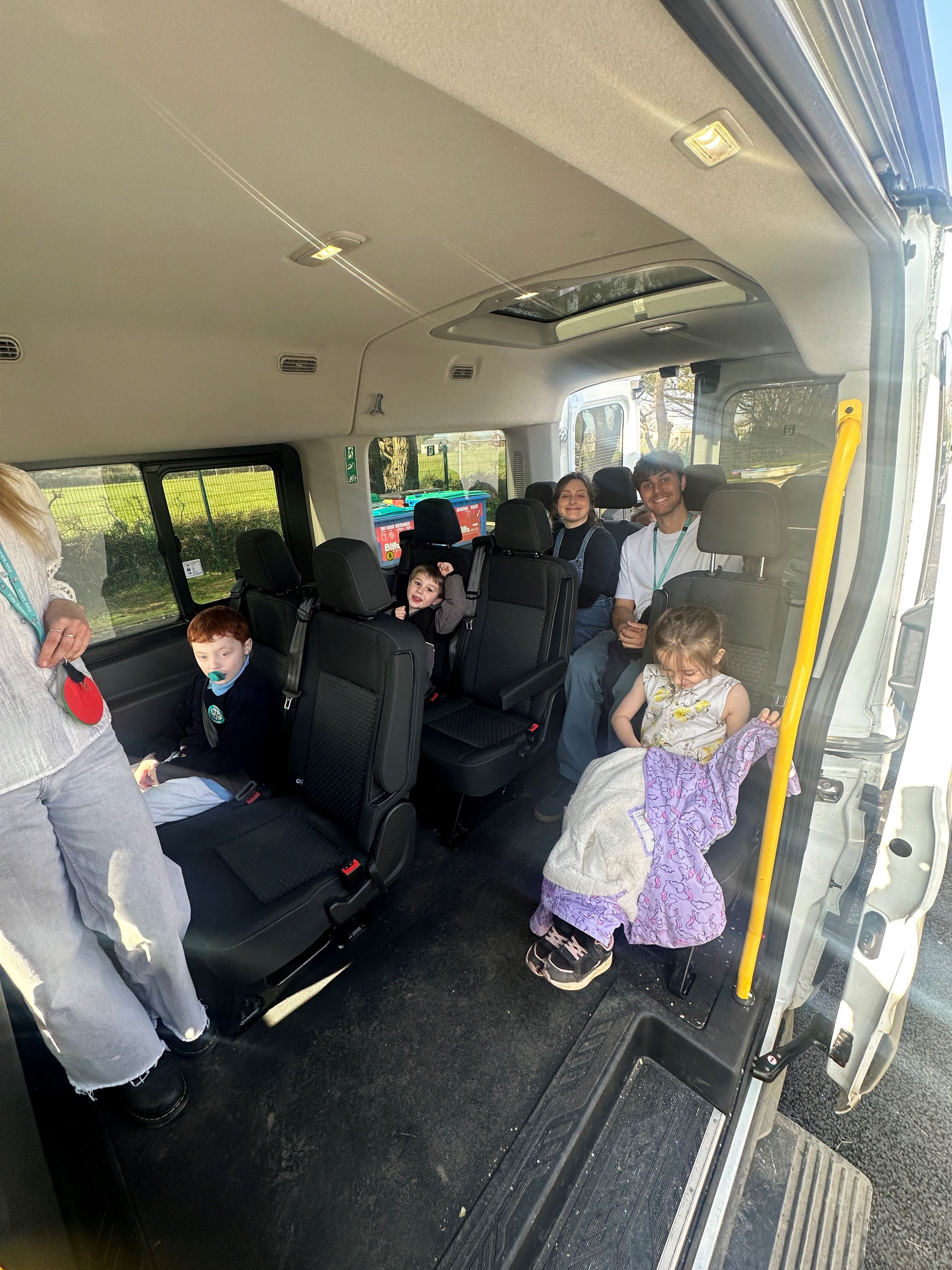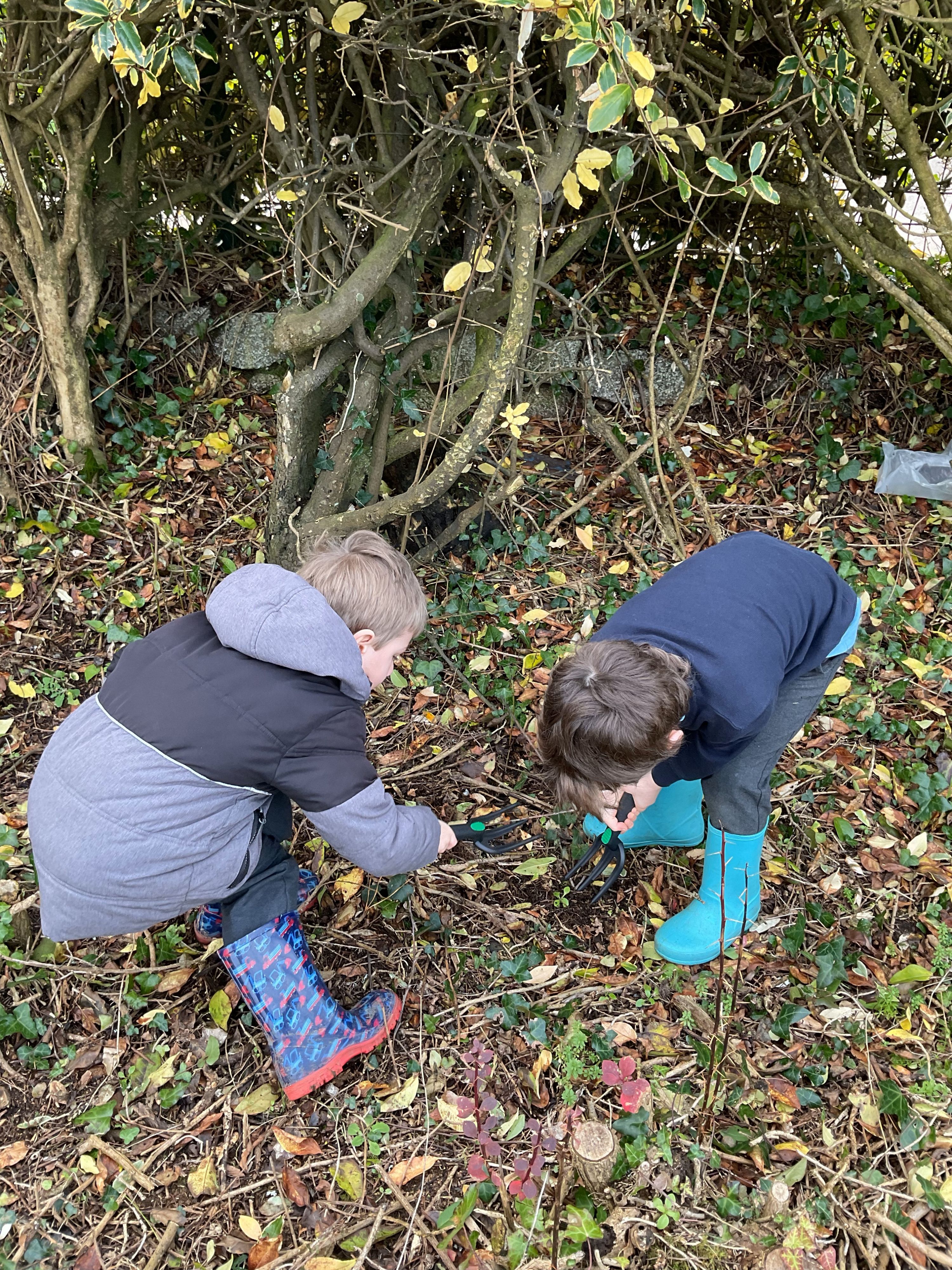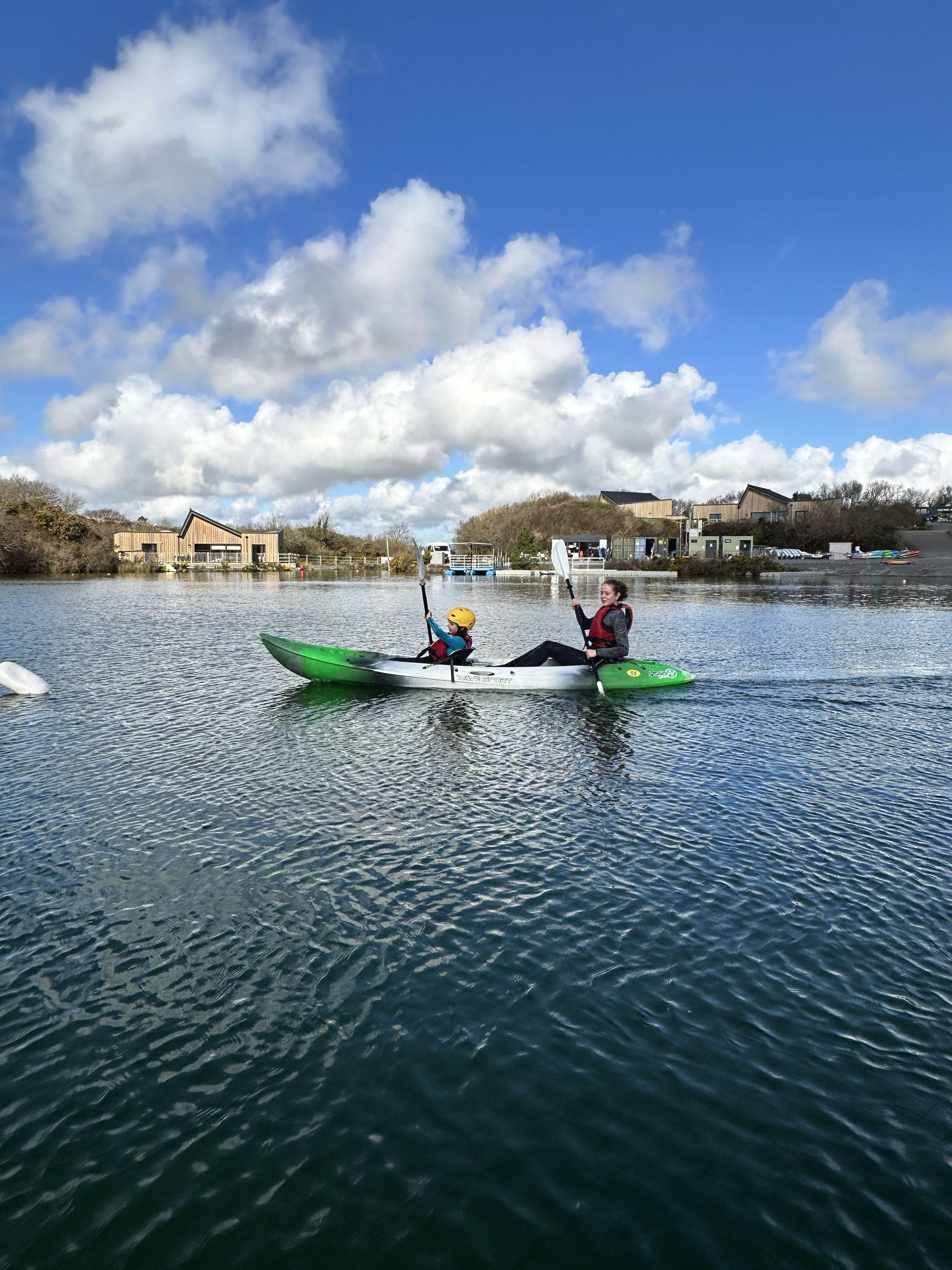Community and Partnership Working
Cury school has an outward-facing approach to the community and to engaging with local communities and groups.
Intent
To build local links by placing the school and its families within the heart of the community.
Access outdoor / Community Learning Experiences
To create a collaborative and supportive network that enhances the well-being and educational outcomes of pupils with social, emotional, and mental health challenges. The primary focus is on building strong relationships, sharing expertise and resources, and working together towards common goals.
Partnership working fosters strong relationships and collaboration between the school and parents/guardians of SEMH pupils.
Coordinated Approach: Partnership working aims to foster a coordinated approach to pupil support. By working collaboratively with external professionals, agencies, and stakeholders, schools can share information, coordinate interventions, and ensure a seamless delivery of services. The intent is to minimise gaps, overlaps, and delays in support, providing a more cohesive and effective response to pupils' needs.
Implementation
Integrated Care Planning: Collaboratively developed individualised care plans that involve input from school staff, external agencies, professionals, parents, and the pupils themselves. These plans outline specific goals, interventions, and strategies to support the pupil's SEMH needs across different contexts, ensuring a consistent and coordinated approach. SIT team input and SERPS via pathway referral process.
Regular communication and sharing of Information: Maintaining regular and open communication channels with external agencies and professionals involved in supporting pupils' SEMH needs. This includes sharing relevant information about pupils' progress, challenges, and any changes in their circumstances to ensure a holistic understanding of their needs and providing coordinated support.
Access to Specialist Services: pupils have access to specialised services provided by external agencies and professionals when necessary. This may include mental health assessments, counselling, therapy, mentoring programs, and other targeted interventions. SIT team referral process and external agencies to facilitate timely access to support.
Establishing partnerships and fostering collaboration with a range of external agencies and professionals is crucial. This may include mental health services, counsellors, psychologists, social workers, community organisations, and local authorities. A coordinated approach ensures that pupils receive holistic support across different settings.
Regular Communication and Sharing of Information: Maintain regular and open communication channels with external agencies and professionals involved in supporting pupils' SEMH needs. This includes sharing relevant information about pupils' progress, challenges, and any changes in their circumstances to ensure a holistic response to challenges that pupils may face.
Regular Meetings and Case Conferences: Schedule regular meetings and case conferences involving school staff, external professionals, and relevant stakeholders to discuss pupil progress, review interventions, and adjust strategies as needed. These meetings provide opportunities for sharing insights, aligning support approaches, and monitoring the effectiveness of interventions.
Training and Professional Development: Offer training and professional development opportunities for school staff to enhance their understanding of SEMH issues and develop skills to collaborate effectively with external agencies and professionals. This could include workshops, seminars, and joint training sessions to foster a shared understanding and best practices.
Collaboration and Community Engagement: Engaging parents, caregivers, and external stakeholders; actively involving families in their child's education, providing resources and training for parents/caregivers, and establishing partnerships with community organisations and mental health agencies to ensure a holistic support network.
Positive Transition and Reintegration Processes: The school will work closely with mainstream schools, local authorities, and other educational settings to facilitate successful transitions for pupils into secondary education. Effective partnership working ensures smooth transitions by sharing relevant information, collaborating on transition plans, and providing support during the transfer process. This coordinated approach promotes continuity of care and enhances the pupils' chances of successful integration into new educational environments.
Develop links with the local parish council. Opportunities to access the beach, local clubs and facilities (sailing clubs, Lizard Adventure, Trevassack Lake, Polurian, Lizard Point Holiday Park). Build links with the local farming community and explore opportunities to develop links with Culdrose.

Impact









